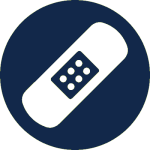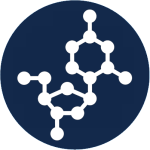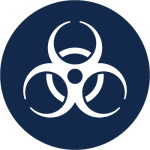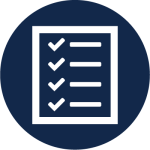Biological Safety
The Biological Safety section provides general surveillance over activities involving biohazardous agents, monitors and reviews the performance and maintenance of containment systems, provides consulting services on aspects of biological safety and provides guidance and assistance concerning the packaging and shipping of biohazardous agents.
Related Topics
 Biological Safety Cabinets
Biological Safety Cabinets Bloodborne Pathogens
Bloodborne Pathogens Immunizations
Immunizations Infectious Diseases
Infectious Diseases Recombinant DNA
Recombinant DNA Safety Labels and Signage
Safety Labels and Signage Select Agents
Select Agents Standard Operating Procedures
Standard Operating Procedures Transporting Research Materials
Transporting Research Materials Waste Management and Disposal
Waste Management and Disposal
The Department of Environment, Health and Safety wishes to ensure that all researchers in our biological and biomedical labs have the essential skills, knowledge, and abilities required for working safely with biologic agents and materials.
To assist Principal Investigators (PIs) and designated Safety Supervisors in measurably documenting that their personnel are appropriately trained in key competency domains, we strongly encourage labs to:
- adopt the linked Biosafety Competency Checklists as a beneficial tool to use during their training activities, and
- retain these completed checklists on file in their lab.
Three checklists are provided which outline the roles of laboratory personnel with competencies tiered to a workers’ experience and/or responsibility:
- Tier 1. Entry Level
- Checklist for students, technicians, specialists
- Tier 2. Mid-Level
- Checklist for postdoctoral associates, safety supervisors and lab managers
- Tier 3. Senior Level
- Checklist for Principal Investigators and equivalents
This checklist tool was developed using the Guidelines for Biosafety Laboratory Competency published by the Centers for Disease Control and Prevention (CDC) and the Association of Public Health Laboratories (APHL). Please reference this resource for more information on the value for conducting such safety competencies in your lab.
